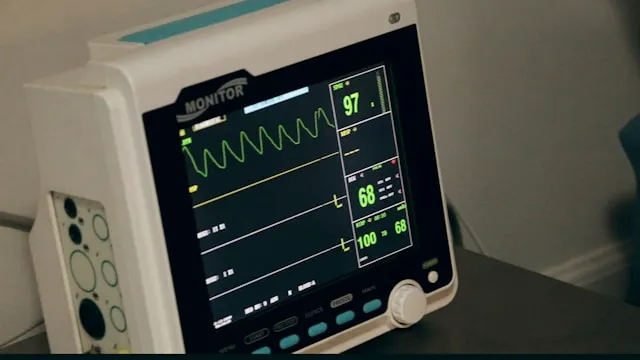1. What is an Aortic Aneurysm?
An aortic Aneurysm refers to an abnormal bulge in the artery - in most cases, the aorta, which is one of the major arteries that supply oxygen-rich blood to other parts of the body. The aorta is elastic in structure and can withstand the pressure of the blood. Sometimes, however, certain parts of the aorta can weaken, resulting in 'ballooning of the artery" or the formation of an Aortic Aneurysm. If an aneurysm grows in size, it can burst, result in internal bleeding or in some cases, death. There are two types of aortic aneurysms:- Thoracic aortic aneurysms, which form in the chest
- Abdominal aortic aneurysms, which form in the abdomen
2. What are its common Symptoms?
Unfortunately, most people with Aortic Aneurysms, do not experience any symptoms. However, as its size increases and it starts to put pressure on other organs, chest or abdominal discomfort may be experienced. Pain may be deep, aching and throbbing that spreads to groin, legs or buttocks. In case the aneurysm blocks the blood flow to your feet, you may also notice that you have a "cold foot" or a black or blue painful toe. Other symptoms include:- Fever
- Weight loss
- Pulsating sensation in the abdomen
- Circulatory Collapse
- Back pain
- Cough
- Shortness of Breath
- Difficulty in Swallowing
- Increased Sweating
- Nausea
- Dizziness
3. What are the Risk Factors? How is it Diagnosed?
Uncontrolled Hypertension (High Blood pressure), Advancing Age, Atherosclerosis- which stands for deposition of cholesterol in the artery wall, an infection due to Syphilis or faulty genes could all increase your risk of developing an aneurysm. If you face a combination of the symptoms mentioned above, don't delay diagnoses and see your cardiologist at the earliest. Anyone (or combination) of tests mentioned below would be administered to check for an aneurysm: USG, chest/abdominal x-ray or ultrasound, MRI, CT Scan, Transesophageal Echocardiography or Angiography. [embed]https://www.youtube.com/watch?v=UFT1KT3t3ko[/embed]4. How can Aortic Aneurysm be management?
Aneurysms can be dangerous and sometimes even fatal, but with proper management, you can ensure that you are safe and healthy despite the problem. The first thing to keep in mind is monitoring- keep a check on the growth and size of an aneurysm by going for regular check-ups. If you suffer from hypertension, make sure your blood pressure stays normal. One should also ensure to do the following:- Consume a Healthy Diet
- Quit Smoking
- Exercise
- Manage Weight
- Eat a Low Sodium Diet
- Control Cholesterol
5. What are the treatment options?
The treatment course would depend on the rate of growth and the size of an aneurysm. If it is bigger than 5 ½cm or 6 cm, surgery may be required. The surgical method of removal is known as Open Surgery and the non-surgical method is called Endovascular Graft Stenting.[caption align="alignleft" width="170"]
 Dr. Rajiv Mehrotra
Dr. Rajiv MehrotraSenior Consultant - Interventional Cardiology
Indraprastha Apollo Hospitals, New Delhi[/caption]
This write-up was contributed to Credihealth by:
Dr. Rajiv Mehrotra, Senior Consultant - Interventional Cardiology (Indraprastha Apollo Hospital in New Delhi)
Categorized into General Health,Blood Pressure,Heart Health,Cardiac Health,Healthy Food,Vascular Disease

Reviewed by







